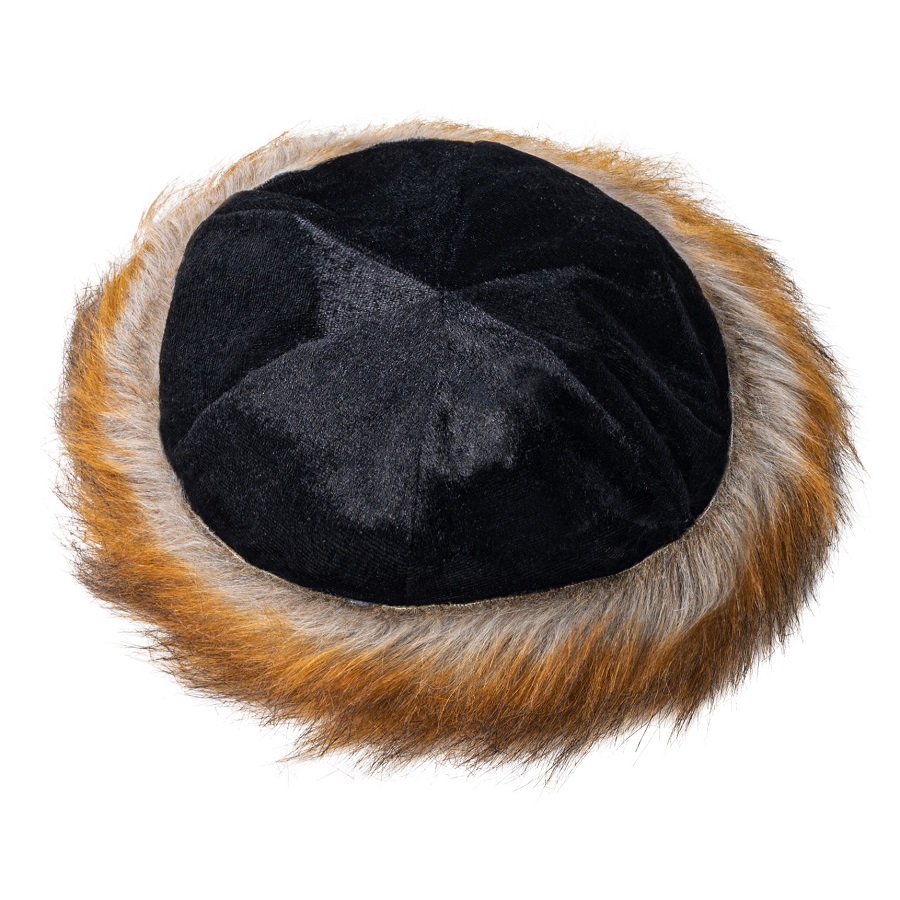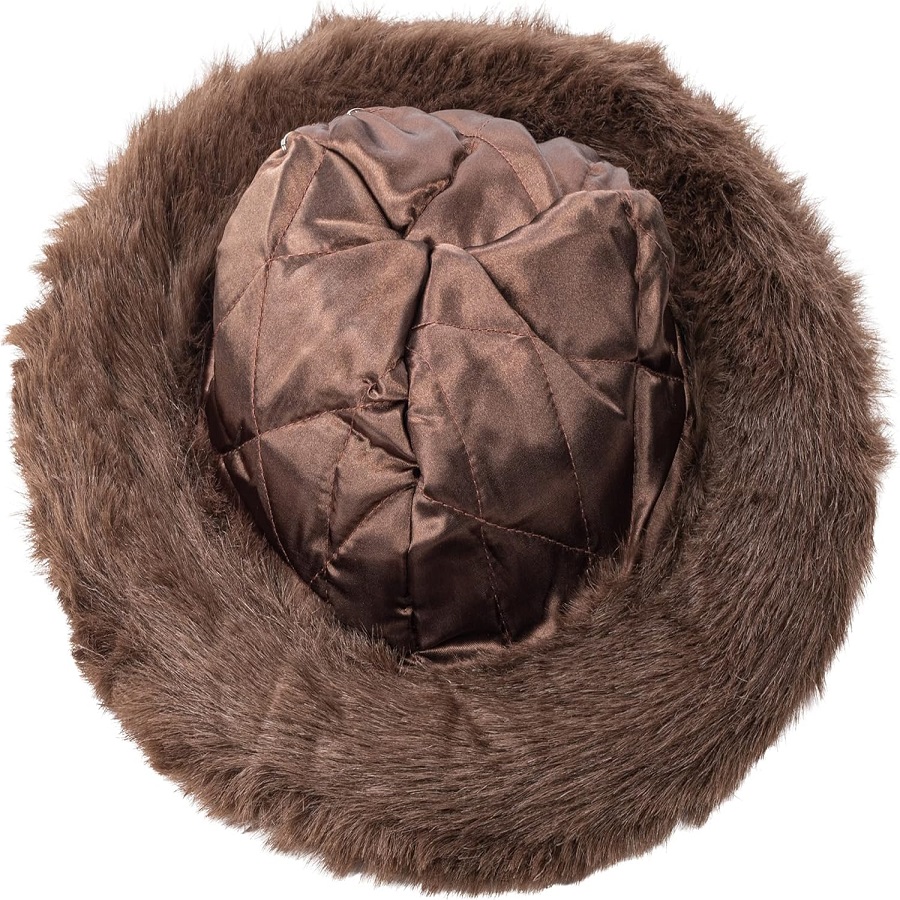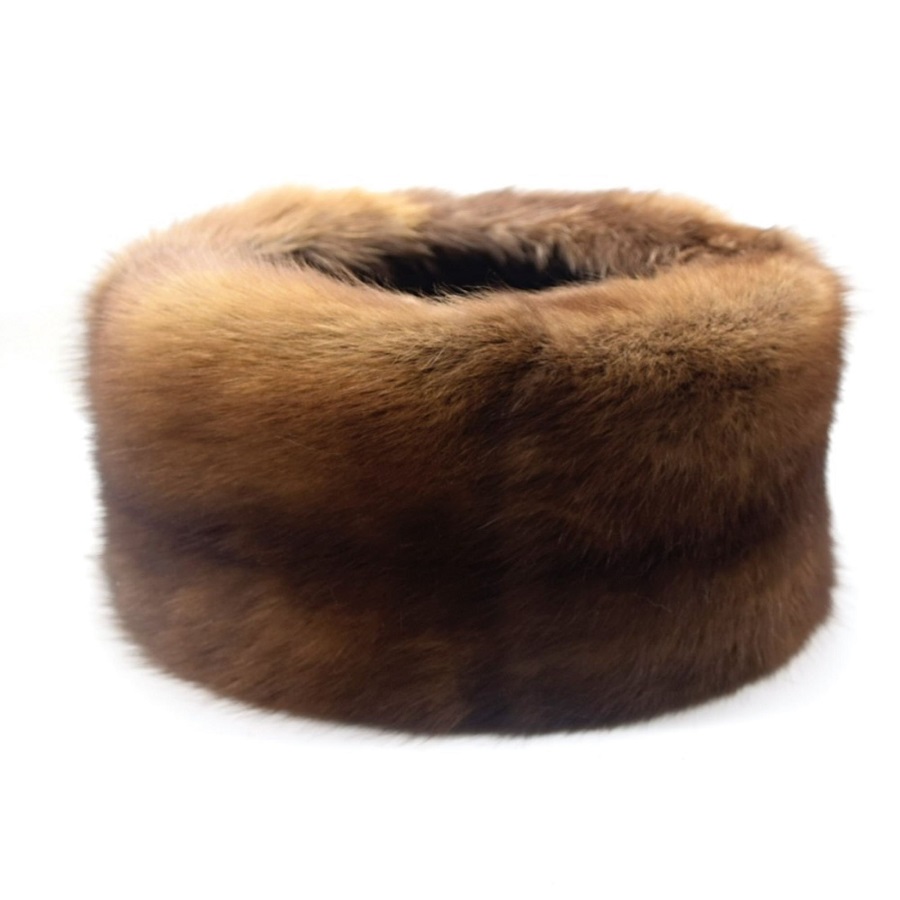Introduction
The Shtreimel is an iconic fur hat traditionally worn by married Hasidic men, particularly during festive occasions and celebrations, such as Shabbat, weddings, and Jewish holidays. This striking piece of attire is not simply a matter of fashion; it is steeped in rich historical and cultural significance, reflecting the identity, spiritual beliefs, and lifestyle of the Hasidic community. In this exploration, we will delve into the origins of the Shtreimel, its symbolic meaning, and the various customs surrounding its use.
Historical Origins of the Shtreimel
The origins of the Shtreimel are somewhat ambiguous, with various theories regarding its inception. It is believed to have emerged in Eastern European Jewish communities, particularly in places like Poland and Hungary, during the 18th and 19th centuries. While the exact timeframe is uncertain, the Shtreimel is generally associated with the rise of the Hasidic movement, which sought to bring a more personal and joyous approach to the observance of Judaism.
The Shtreimel is often made from the fur of animals, such as sable, mink, or fox, with the choice of material reflecting the wearer’s community and level of observance. Richly adorned and meticulously crafted, the Shtreimel’s appearance has evolved over time, but its essence has remained intact—a symbol of pride, reverence, and connection to Jewish tradition.
Symbolism and Cultural Significance
The Shtreimel carries multifaceted symbolism within Hasidic culture. At its core, it represents a connection to Jewish values, heritage, and identity. Here are some key interpretations of its symbolism:
- Spiritual Authority: In many Hasidic communities, the Shtreimel is viewed as a sign of the wearer’s connection to spiritual authority and community leadership. The hat signifies a commitment to the teachings of the Hasidic Rebbes, who often wore similar hats. Thus, when a man dons a Shtreimel, he is not only embracing communal customs but is also embodying the principles of Hasidic spirituality.
- Celebration of Joy: The Shtreimel is often associated with joyous occasions. Its elaborate appearance and the contexts in which it is worn—such as Shabbat and holidays—reflect a celebration of Jewish life and identity. In this way, the Shtreimel serves as a reminder of the importance of joy and spirituality in daily life.
- Distinction and Unity: The distinctive nature of the Shtreimel sets its wearers apart, creating a visible identity within the larger Jewish community. This differentiation can foster a sense of unity among Hasidic Jews, as the Shtreimel becomes a symbol of their shared beliefs, customs, and practices, while also resonating with the broader Jewish tradition.
- Tradition and Legacy: The Shtreimel also embodies the transmission of Jewish customs and values from one generation to the next. For many Hasidic families, the Shtreimel is passed down from father to son, carrying with it stories, memories, and a sense of legacy that connects the wearer to their ancestors and community history.
Customs and Practices
The wearing of the Shtreimel is often accompanied by specific customs and rituals, particularly during significant communal events. Here are some notable aspects of how the Shtreimel is integrated into Jewish life:
- Choice of Material and Design: The type of fur and style of the Shtreimel can vary greatly between different Hasidic groups. For example, some communities may prefer a grander design with embellishments, while others may favor a simpler, more understated look. The choice reflects the individual’s community customs and personal preferences.
- Wearing Traditions: In many Hasidic households, the Shtreimel is reserved for special occasions. The first time a boy wears a Shtreimel is a significant milestone, often celebrated during a special ceremony. Men typically wear their Shtreimel during prayers, synagogues, and festive meals, reinforcing the sense of spirituality associated with the hat.
- Ritualistic Use: The Shtreimel may also have ritualistic significance during certain ceremonies or rites of passage. For instance, during a wedding. The groom may wear a Shtreimel to signify his new status and commitment to the Jewish faith and his bride.
The Shtreimel in Contemporary Society
In recent years, the Shtreimel has gained attention beyond Hasidic communities, often becoming a topic of interest in discussions about Jewish culture, identity, and diversity. As Hasidic Jews navigate the modern world, the Shtreimel remains a steadfast emblem of their traditions, adapting yet maintaining its core essence.

Historical Roots
The origins of the shtreimel can be traced back to Eastern European Jewish culture, particularly among the Hasidic Jews, in the 18th and 19th centuries. Historically, these hats were made from the fur of animals. Such as minks, sable, and foxes, and were worn by married men on Shabbat and holidays. Initially a symbol of wealth, the shtreimel gradually became a marker of religious devotion. For many, it signified the custodianship of Jewish tradition amid the pressures of modernity.
Symbolism and Significance
For contemporary Jewish communities, the shtreimel is imbued with deep symbolism. It represents a connection to one’s ancestry, a tangible link to the traditions and rituals that define Jewish life. Wearing a shtreimel conveys a sense of belonging to a particular community—one that values religious observance and the customs that accompany it. It is often associated with a commitment to transmit the ideals and lifestyle of Hasidic Judaism to future generations.
In a world increasingly influenced by secularism and globalization, the shtreimel serves as a form of cultural resistance. It reinforces the notion that Jewish identity is multifaceted, characterized by a blend of modernity and tradition. The hat is more than an article of clothing; it embodies faith, history, and cultural resilience in the face of contemporary challenges.
Contemporary Adaptations
In the 21st century, the shtreimel is witnessing a revival within certain communities, albeit with some adaptations. As the traditional attire evolves, younger generations are redefining its significance. While the hardcore adherents maintain the conventional style, others are experimenting with design, colors. And materials, entering into a dialogue that blends traditional aesthetics with contemporary fashion sensibilities.
Additionally, the rise of social media has played a crucial role in the visibility and representation of shtreimels. Hasidic and Orthodox Jewish influencers are sharing their experiences, showcasing their unique styles. And promoting a broader appreciation of Jewish culture. Images of shtreimels grace platforms like Instagram and TikTok. Extending their influence beyond the confines of congregational life and allowing them to reach a more global audience.
The Shtreimel’s Role in Community and Ritual
The shtreimel plays a key role in religious ceremonies and communal gatherings. It is particularly prominent during significant events such as weddings, bar mitzvahs, and holidays. At these gatherings, the shtreimel serves as a visual cue that marks the boundaries between the sacred and the secular. When a man dons his shtreimel, it signifies that he is participating in a spiritual moment, fully embracing his cultural heritage.
Moreover, the act of wearing a shtreimel fosters a sense of unity within the community. It binds individuals together, fostering camaraderie and shared identity among adherents. In a rapidly changing world, these communal rituals fortify connections, emphasizing the importance of collective memory and identity. The shared experience of wearing the shtreimel strengthens relationships and reaffirms allegiance to a specific lifestyle and belief system.
Challenges and Critiques
Despite its significance, the shtreimel is not free from challenges and critiques. Some younger members of Jewish communities grapple with the balance between upholding tradition and embracing modernity. There are ongoing discussions about the relevance of traditional attire in a contemporary context. With some advocating for a more liberal interpretation of Jewish identity that is less reliant on external symbols.
Additionally, debates around the appropriation and commercialization of the shtreimel also arise. As the hat gains visibility within fashion trends, concerns emerge regarding authenticity and respect for its cultural and religious significance. Many community leaders stress the importance of understanding the context in which it is worn. Advocating for sensitivity and appreciation over superficial engagement.

Conclusion
The Shtreimel is much more than a decorative piece of clothing; it is a profound symbol of Jewish faith, heritage, and community. Through its historical significance, spiritual connotations, and customs. The Shtreimel encapsulates the spirit of Hasidic Judaism, bridging the past with the present and continuing to be a source of identity and pride for those who wear it. As Jewish communities worldwide evolve. The Shtreimel stands as a testament to the enduring power of tradition. Reminding us of the rich tapestry of Jewish culture and the importance of maintaining a connection to our roots.
